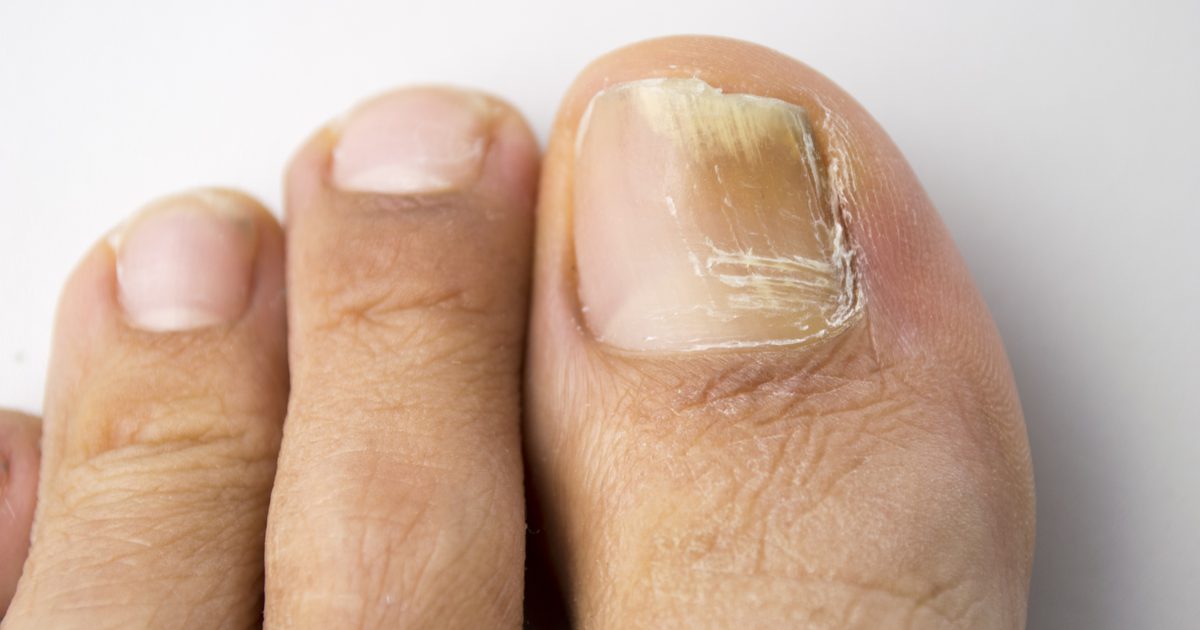Warning Signs Of Athlete's Foot
The condition known as athlete's foot is a misnomer. It doesn't just plague athletes, though it is typically more common in those who play sports. Athlete's foot is a fungal infection. This fungus spreads over the foot and can even affect the toenails as well as the hands. Though anyone can develop athlete's foot, there are a few risk factors that could determine whether the chances of developing it are higher or lower. Because the fungus likes to grow in moist and warm environments, you increase the chance of developing this condition if you tend to walk barefoot in locker rooms, showers, and other public places. To determine if you are suffering from athlete's foot, consider the following warning signs.
Red And Scaly Rash Between Toes

One of the first signs indicating athlete's foot may have developed is a red and scaly rash between the toes. Depending on the location where the fungus first made contact with your foot, it may appear elsewhere at first, but in time, it will spread all throughout your foot and even between your toes. The fungus feeds on keratin which is found in your skin, hair, and nails. Because of this specific food source, the fungus spreads and spreads, growing and eating more of the keratin in your skin. Since your body is attempting to fight the fungus off and defend itself, inflammation sets in. This causes a reaction to occurs, which leaves your foot with a red and scaly rash that can spread beyond your toes.
In fact, if left untreated, this rash can envelop your entire foot. If you happen to touch your foot with your hands while it is infected, then it's likely the fungus has also spread to your hands. A rash will likely soon appear there as well.
Itching Around The Foot

Another sign patients may experience when first developing athlete's foot is itching around the foot. While it isn't uncommon to itch, if you start to experience an almost endless need to itch your foot, it could be a sign something is wrong. This is even more likely if you just so happened to be coming home from a day in the gym and spent time in the public showers without foot protection. Because the fungus is extremely contagious, it doesn't take too much effort to contract it.
The fungus, in particular, is from the same variety that causes jock itch and ringworm. As the former condition suggests, contracting this type of fungus comes with its share of itching. You should attempt not to itch the infected area, especially with your hands, as this could lead the infection to spread further. Before you know it, you could be itching everywhere and be left with an unpleasant rash from head to toe. Scratching can also cause further injury to your skin.
Blisters Or Ulcers

A third indication of athlete's foot is blisters or ulcers. You may have both or just one of the two. These painful blemishes typically develop on the soles of the feet or between the toes. Blisters may be quite red or a lighter shade if they're filled with pus. Ulcers may also have a red appearance. They might also smell poorly, particularly when they burst. Ulcers could potentially leak fluid as well, which should be immediately cleaned up to prevent further infection both for yourself and others.
Because of their locations, both blisters and ulcers can be painful, especially the more they are touched. They can develop due to a consistent amount of itching that has damaged the skin and allowed the infection to become worse, or they may develop on their own simply because the fungus has damaged the area enough and the body is doing what it can to fight it off. There are creams available to help relieve the pain of these blemishes though you should speak with your doctor first.
Cracked And Peeling Skin On Feet

In addition, another warning sign of athlete's foot is cracked and peeling skin on the feet. This may be difficult to detect at first if the rash has already set in and is obscuring your investigation. More than that, it can be difficult to inspect the area if you don't have any gloves to protect your hands when touching your foot. However, with gloves, you can take your fingers and lightly run them up and down the skin of your foot. If you notice your skin is easily peeling away, or it appears dry and flaky in certain areas, the fungus may be starting its attack on your skin.
Again, while this can occur anywhere on your foot, it will likely be most noticeable in the area that was the site of the fungal invasion. As such, cracked and peeling skin can most likely be discovered on the soles of your feet where you no doubt stepped on the fungus. Or, if you shared a sock with someone who is infected, you may find the peeling skin between your toes.
Discolored And Thick Toenails

A final warning sign of athlete's foot can be noticed in your toenails. Because the fungus eats keratin, your nails are in just as much trouble as your skin. When the nails are subjected to trauma or infection, they start to die. This dying process is usually noticeable by the hardening it goes through. You may notice the nail even begins to become thick. Discolored and thick toenails are a sign the fungus has migrated to the nails. It's also possible you became infected underneath the nail. This is especially true if you shared a sock or shoe with someone who is infected with athlete's foot.
